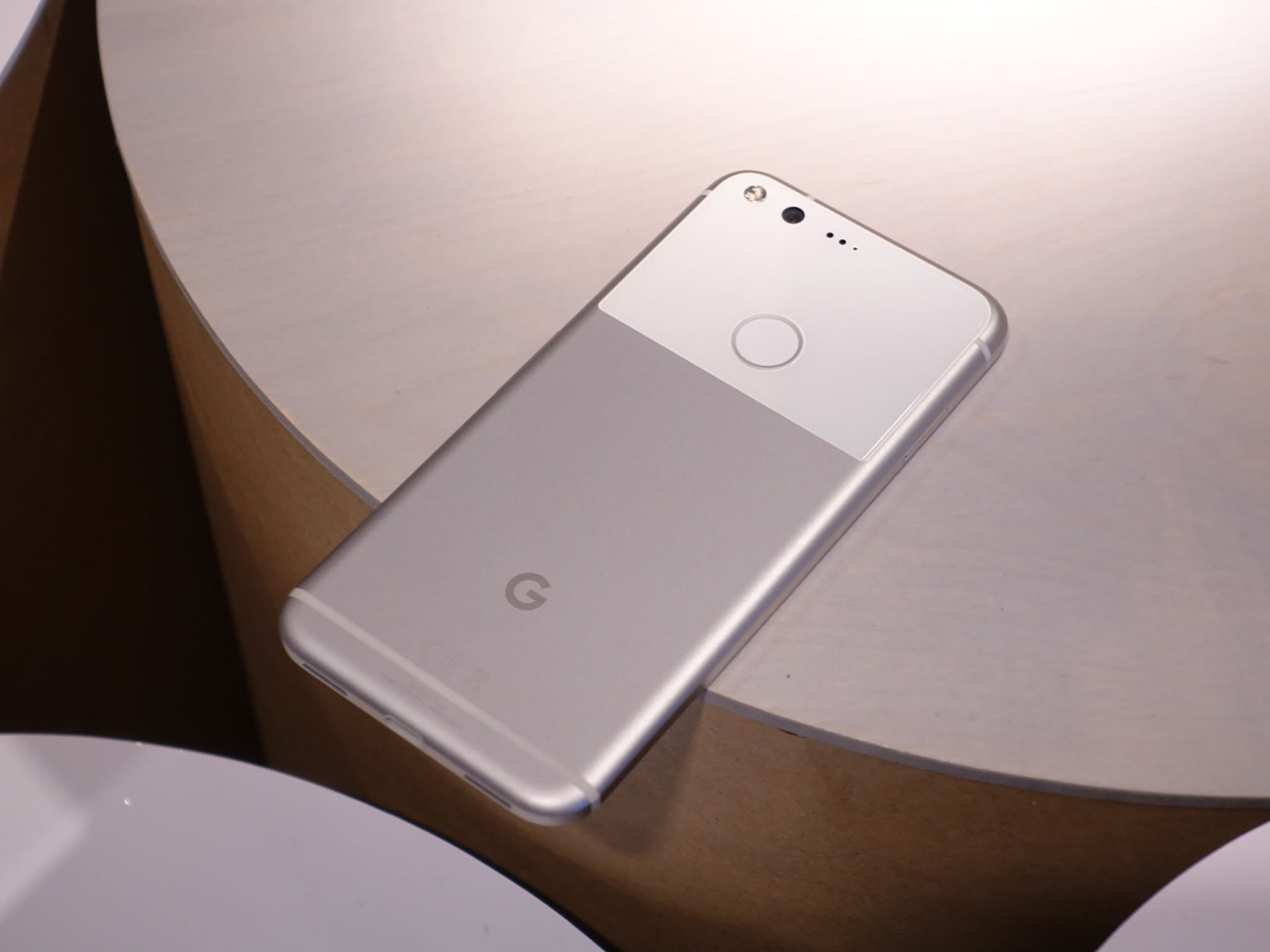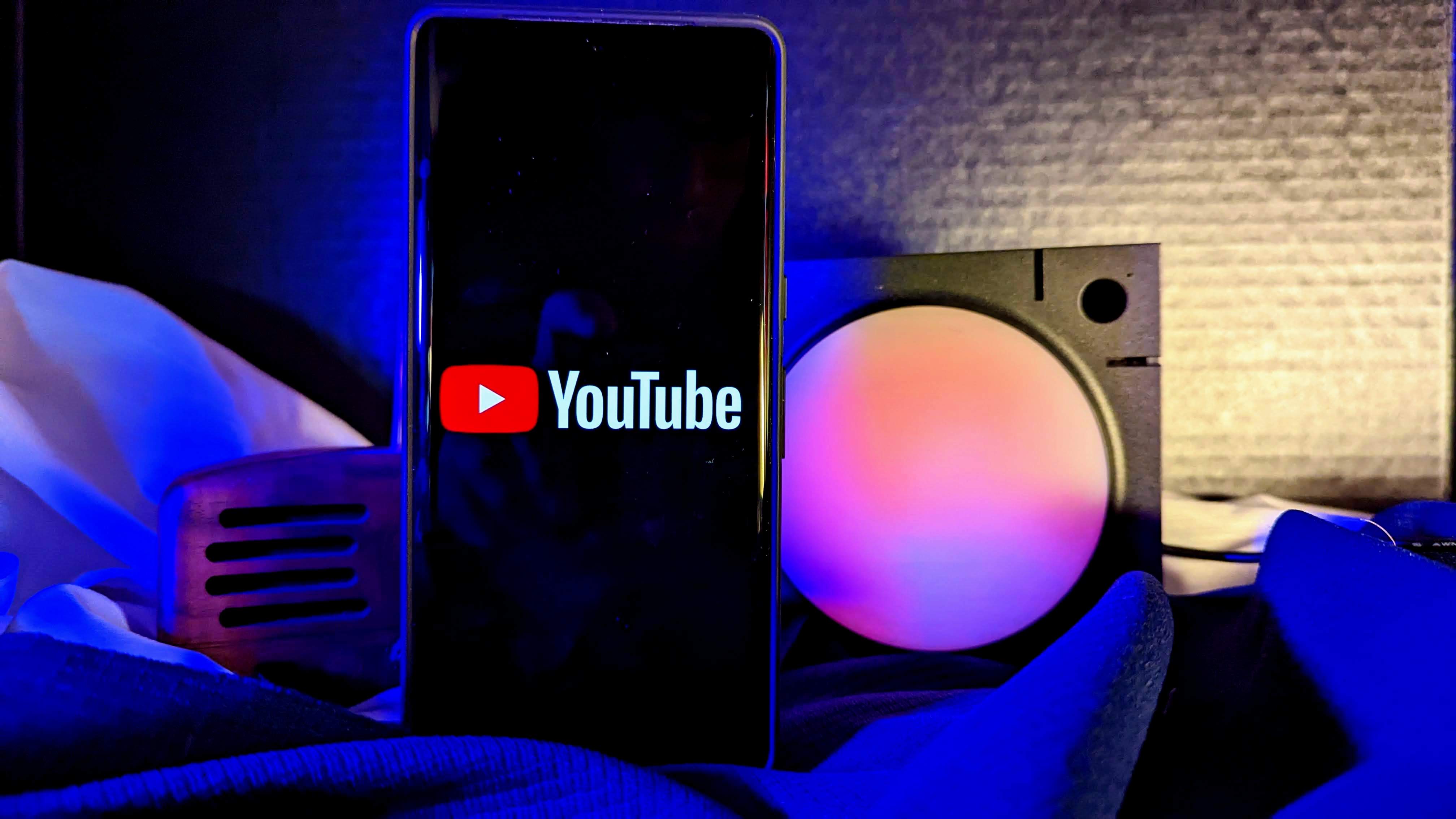The Google Pixel is IP53 certified — here's what that means

One spec you won't find on the sheet for the new Google Pixel and Pixel XL is their IP53 certification. Google has confirmed that like the HTC 10 that they resemble, both Pixel phones are indeed tested and rated with an ingress protection score. Let's have a look at what that really means.
Your new Pixel won't be waterproof. Not even a little bit.
IP certification is all the rage recently. Not too long ago you had to look for a clumsy phone in a thick outer shell to gain any type of protection from the elements, but now many phones come with some level of dust and/or water protection rating. Some, like the Galaxy S7 or the iPhone 7 take things a bit further and make a serious attempt to keep the environment out. We've compiled a full breakdown of exactly what all those letters and numbers mean so you'll have a better understanding the next time a tech giant starts throwing them at you.
Rugged phone ratings: Everything you need to know
For now, let's focus on that magic number 53 that was assigned to the Pixel and Pixel XL.
IP ratings are divided into two categories — dust and dirt protection is identified by the first number, and it can range from zero to six — with zero as no protection and six as completely dust-proof even under pressure. The second number is the liquid protection rating, and it's not quite as straightforward with it's zero to nine-K rating system. For example, six is always better than seven or eight, but sometimes seven is better than eight or vice versa. Liquid ingress protection is one of those things you need to look up unless you have to memorize it for some crazy reason. It's also important to have the testing standards from the manufacturer handy for some of the results where parameters can vary.
- The first number, five, means that "dust must not enter in enough quantity to affect the normal operation." The amount of dust that can get inside the phone isn't defined, but we're assured enough to make things stop working normally isn't going to happen.
- The second number, three, means the Pixels are "Protected against spraying water when tilted up to a 60-degree angle from its normal position." Normal velocity (not under any type of external pressure) can rain down on the phone while it's flat and the phone can be tilted like it was in use in your hand and still not be damaged.
The worst part about dust or dirt getting inside your Pixel phone is that you have a dusty dirty phone that you'll probably never get clean. Any parts that can't withstand being coated in solid particles (household dust can contain decaying hair, human skin, and burnt pieces of meteorites) are inaccessible to those particles or are self-cleaning. I don't want to think about using a dusty phone, but it's nice to know that I could be stranded at the beach with no beverages and my phone wouldn't die.
The IP in IP certification stands for Ingress Protection — keeping things out of your phone.
Your Pixel or Pixel XL is not waterproof. Being splashed or sprayed with water not under pressure and not when the phone is vertical is not even close to being able to withstand being dunked in the pool or dropped in the toilet. This is great if you're caught out in the rain or if you spill water (that's important — these IP ratings are for water only) at dinner, but nothing more extreme.
Get the latest news from Android Central, your trusted companion in the world of Android
In any case, we don't recommend you bury any phone in the backyard to test its dirt protection or even take your phone to the pool for some underwater shots no matter what IP rating it has received. Quite often phones fail real-world tests of these ratings, and the numbers mostly are a sort of insurance policy that would get a replacement if there was damage. For every story you read about someone taking their phone diving or livestreaming water polo, you'll find one where the phone was damaged and had to be replaced. Replacing your phone is never fun.

Jerry is an amateur woodworker and struggling shade tree mechanic. There's nothing he can't take apart, but many things he can't reassemble. You'll find him writing and speaking his loud opinion on Android Central and occasionally on Threads.
